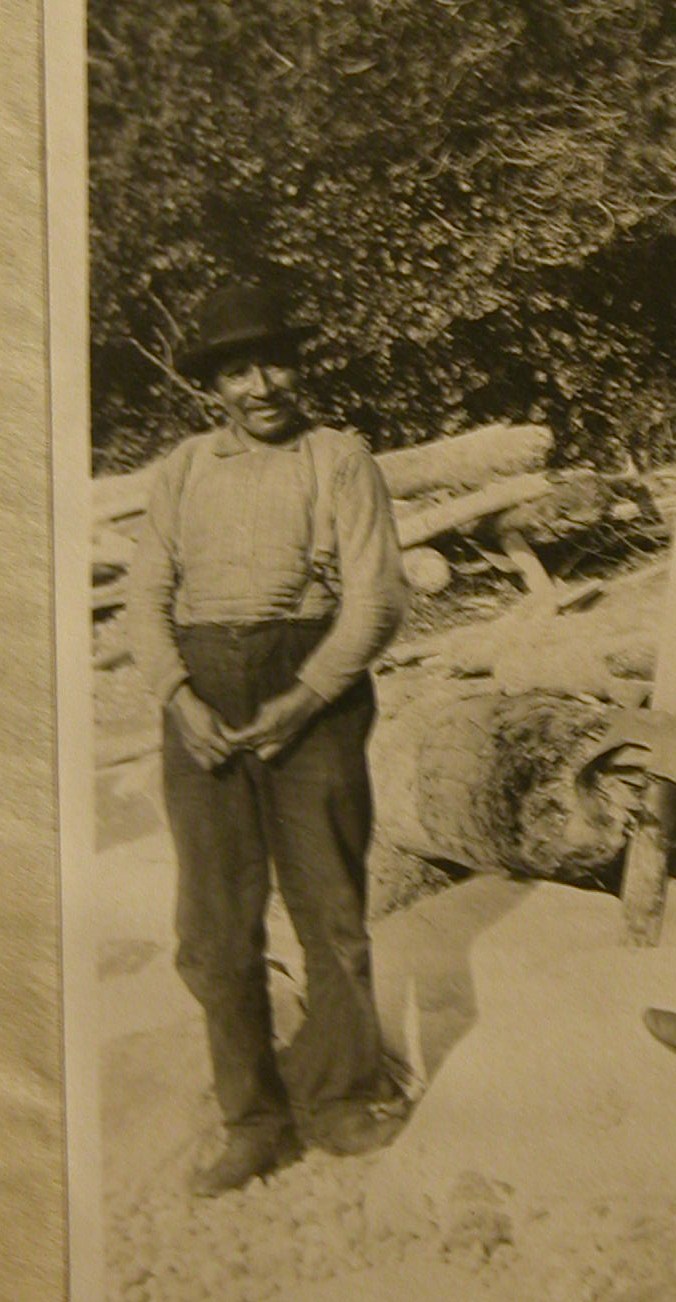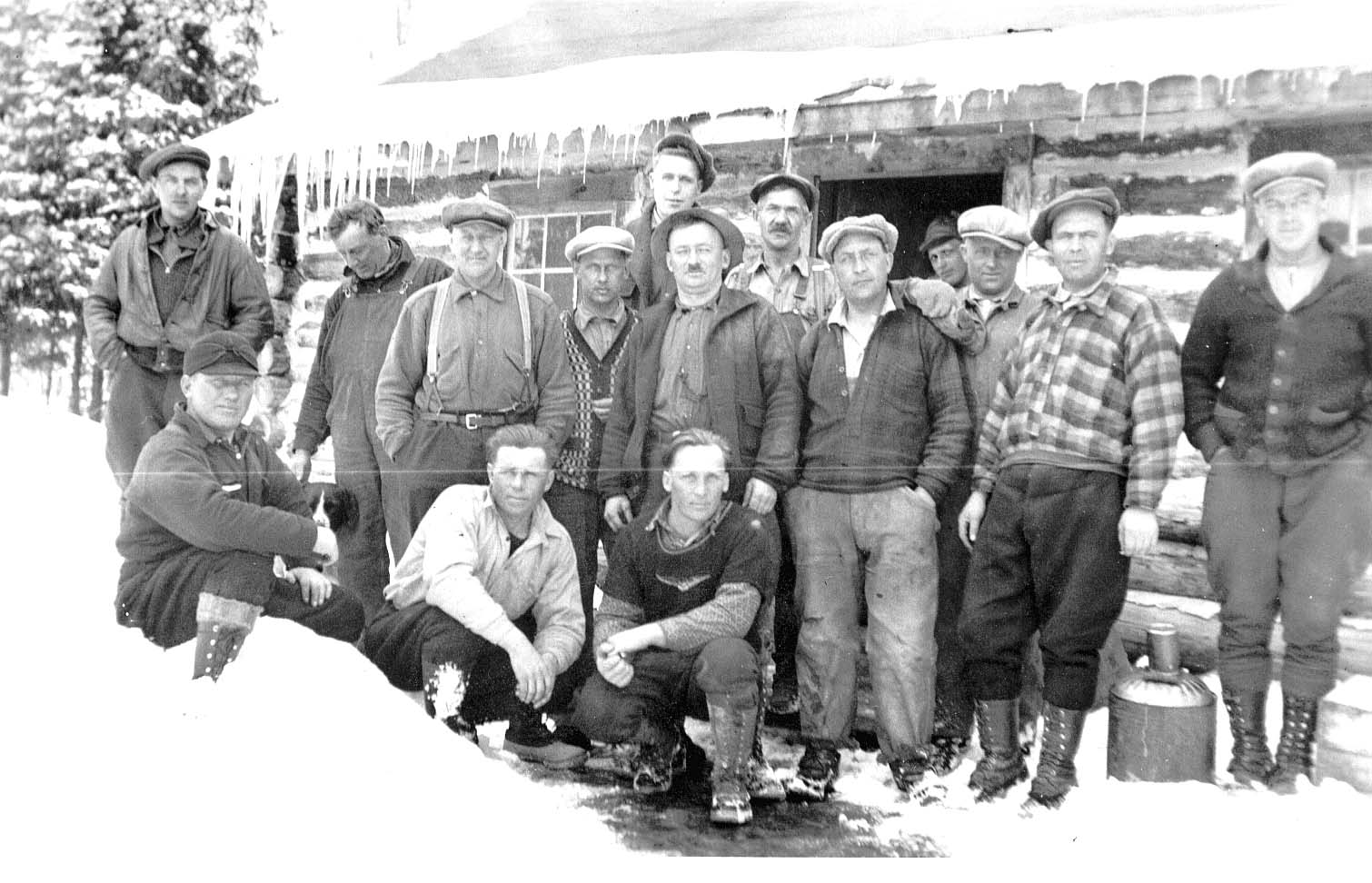The 1897 gold fever that struck Wawa led to the unexpected discovery of iron ore in 1898.
Rock samples made their way into the hands of Francis Hector Clergue, an American entrepreneur who at once recognized the ore for its potential in the form of a great steel empire in Sault Ste. Marie. This discovery transformed Wawa and the Algoma District.
Within 2 years, Clergue and his newly formed Lake Superior Power Corporation immediately began operations at Helen Mine on top of the massive mountain of iron bordering Wawa Lake's northern shoreline.
With the demand for steel and iron during World War II, a sinter plant was built in Wawa to treat the increased tonnage of siderite iron from the Helen Mine. Workers and families from the newly abandoned gold mines relocated to Wawa. Attracted to the high wages and vibrant Canadian lifestyle, Wawa became home for many European immigrants after the end of the war.
For 60 more years Wawa residents and Algoma Ore carved a unique community out of the rugged Northern Algoma landscape. Wawa developed in a complete community with;
- New hospital;
- Schools;
- Churches;
- Arena;
- Airport; and even
- Movie theatre and bowling alley.
All the necessary services to that made Wawa a highly attractive and lively community able to enjoy the benefits of the mineral rich landscape. When Algoma Ore ceased operations in 1998, Wawa's iron mine was the last operating underground iron mine in North America.
As with many resource-based economies, Wawa's mining industry has experienced a number of boom and bust eras.
While iron mining is no longer the main source of Wawa's economic survival, gold, diamonds and a growing collection of other minerals continue to entice prospectors and mining speculators with the potential wealth still hidden beneath our feet.






 Abandoned logging roads, Lake Superior boom logs, and the jumble of pulpwood found at the base of Scenic High Falls are the remnants of Wawa's important logging history.
Abandoned logging roads, Lake Superior boom logs, and the jumble of pulpwood found at the base of Scenic High Falls are the remnants of Wawa's important logging history.